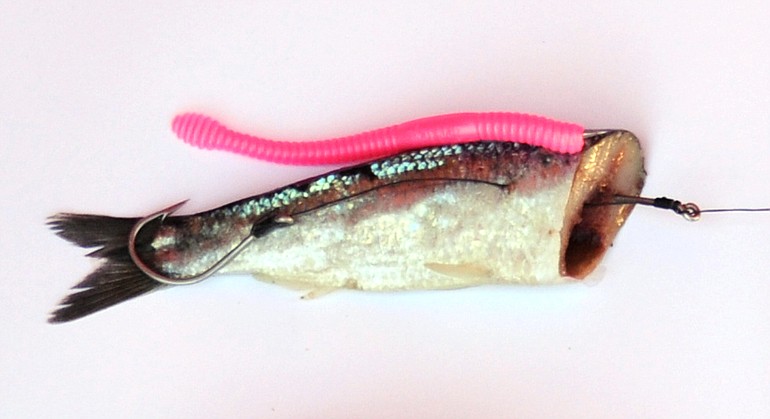Caught any spring chinook from the lower Columbia River yet?
Well, you’re not alone. Sampling by Washington and Oregon through Sunday shows 21,468 angler trips and a catch of 698 chinook kept and 99 released.
To up your odds, here are some tips from Buzz Ramsey, a top Northwest angler for three decades and currently brands manager for Yakima Bait:
TIDE CHANGE: The best bite often comes around the tide change, Ramsey said.
“Generally speaking, there’ll be a bite either just before, after and during a tide change,’’ he said. “It might be the best bite of the day, so stay on the water during tide changes.’’
TROLLING TECHNIQUE: “Troll like a drunken sailor, in a zigzag pattern.’’
In depths of 25 feet or less, bounce the bottom with your sinker when trolling, Ramsey said. When the water is deeper than 25 feet, try to fish 6 to 16 feet below the surface.
The more murky the water, the more likely fish are to be near the surface. On a bright, sunny day, try fishing deep.
Anywhere you find a log raft anchored to shore, try fishing along that edge, he said.
LURE CHOICES: In slow current, use a Flatfish or Kwikfish. In medium current, try a Mag Lip. In fast water, use spinners. Ramsey likes an M2 Flatfish, K14 Kwikfish and 4.5 Mag Lip.
He suggests a metal-finish lure on bright days, and a copper or painted finish on cloudy days.
TIPPING: Adding an enticement to a lure, like a pink plastic worm on the hook of a herring, works.
“It’s a huge deal in Puget Sound,’’ Ramsey said. “I believe tipping is overlooked a lot by cold-water anglers. You would think the fish would strike short, but they don’t.’’
Many lures and spinners work fine with tips, and even bait, but evaluate the action in the water,’’ he said.
Tipping can affect the action of a spoon, he added.
“If you try tipping with a spoon, keep it very small.’’




